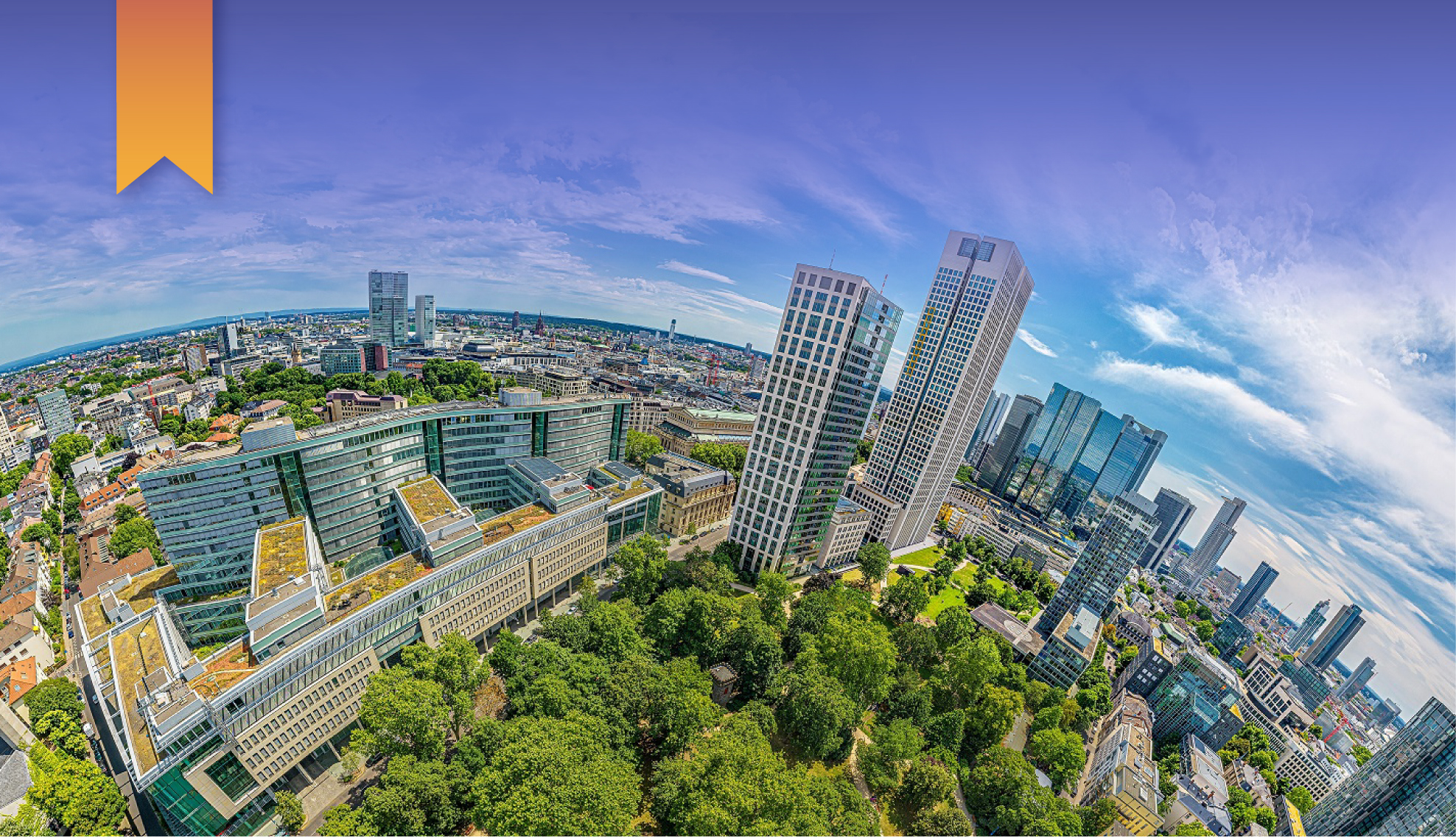The Degree of Urbanisation
A few hours
Intermediate
Course details
The Degree of Urbanisation is a method to delineate cities, towns, suburbs and rural areas for international statistical comparison. It has been adopted by the 51st Statistical Commission of the United Nations. This training provides the necessary background to apply independently the Degree of Urbanisation method. We offer a multi-level learning experience across the various aspects of the Degree of Urbanisation, to help understanding what it is and how it can be applied to your own data. Applications include Sustainable Development Goals monitoring and breakdown by urbanisation class, disaster risk management, environmental and climate investigations, demography, development and cooperation.
Target audience
Statisticians, geographers, digital cartography technicians, administrative officers in the spatial planning domain, policy makers in territorial planning at national and subnational levels. Researchers in the domain of Earth Observation may also be interested.
Learning objectives
With easy-to-use tools developed at the European Commission´s Joint Research Centre you will learn how to:
- Map population on a territory of interest with a population grid,
- Classify grid cells based on population size and density, and grid cells contiguity by Degree of Urbanisation,
- Transfer this classification to small administrative or census subdivisions of a territory,
- Create shareable maps of territorial analytics linked with settlements and their sustainability levels.
This content is offered by the European Commission. The European Commission is the European Union's politically independent executive arm. It is alone responsible for drawing up proposals for new European legislation, and it implements the decisions of the European Parliament and the Council of the European Union.

Schedule
- General
- Module 1. Background and welcome
- Module 2. Introduction and overview
- Module 3. The built-up surface layer
- Module 4. The population grid
- Module 5. The degree of urbanisation grid
- Module 6. The territorial units classifier
- Module 7. Application perspective
- Capstone. Submit your project



